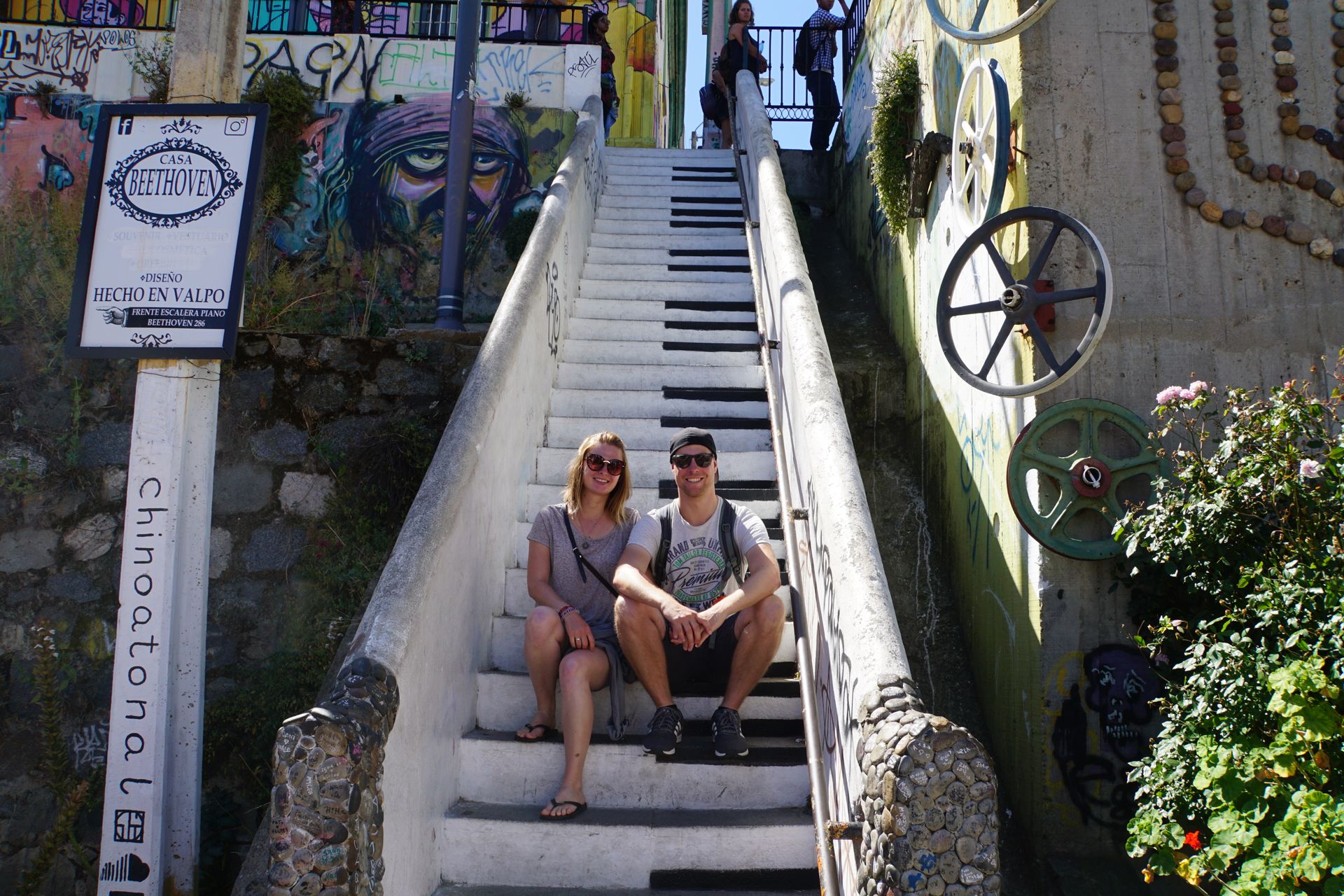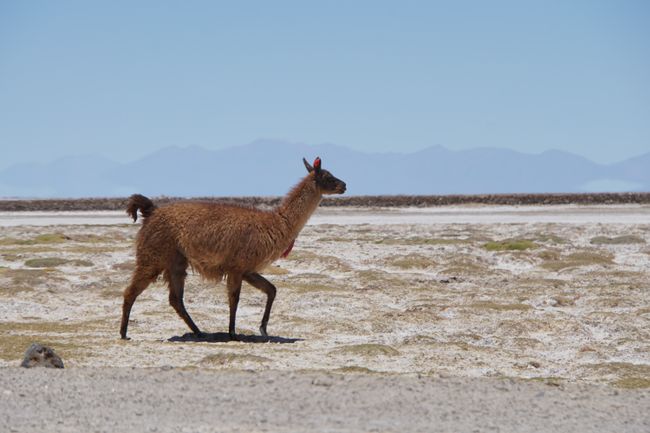
lamas-reisen
vakantio.de/lamas-reisen
From Uyuni to San Pedro de Atacama
Uñt’ayata: 19.12.2018
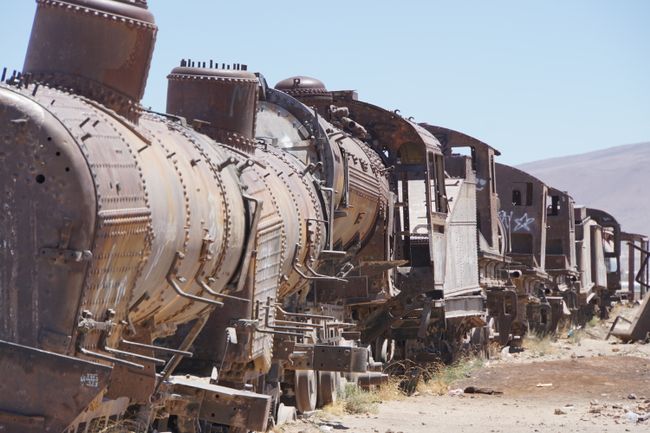
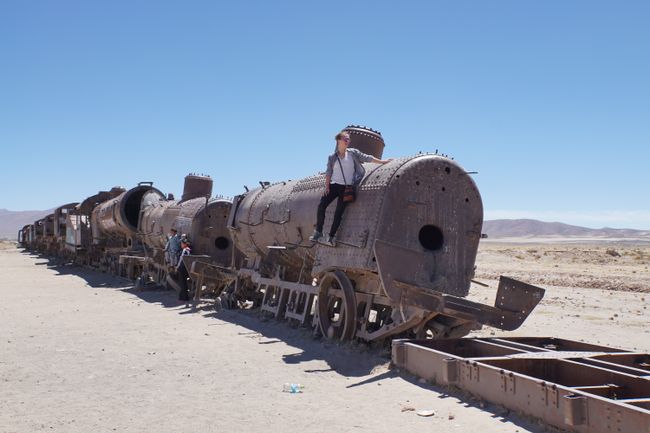
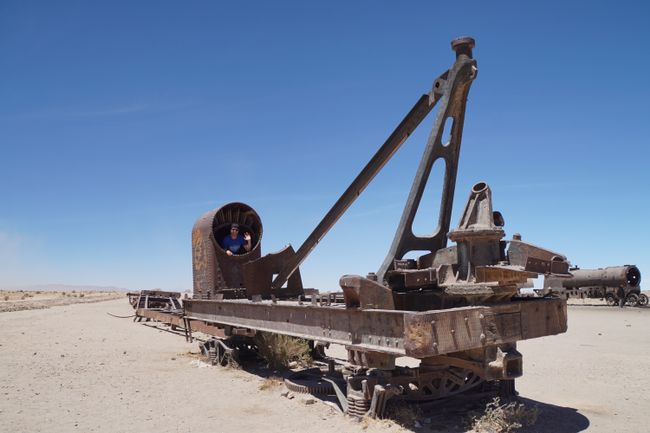
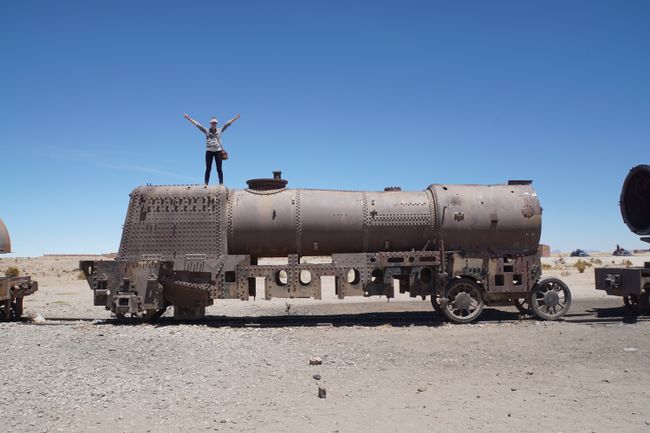
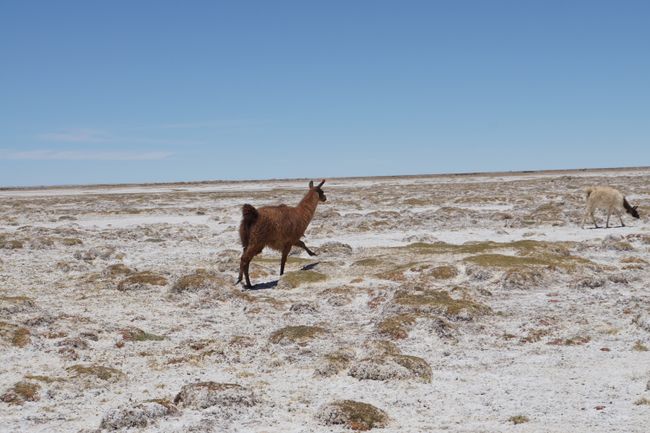
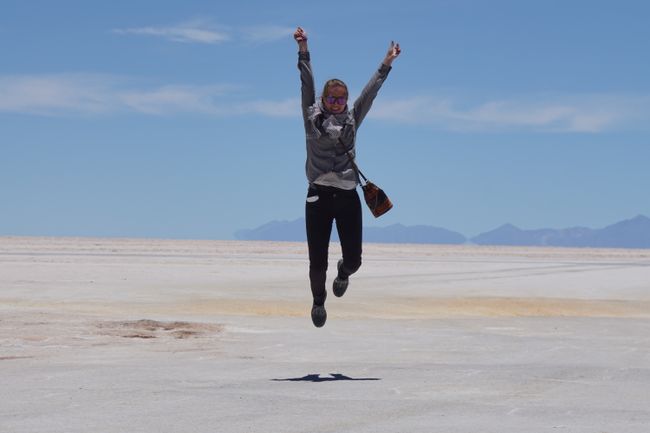
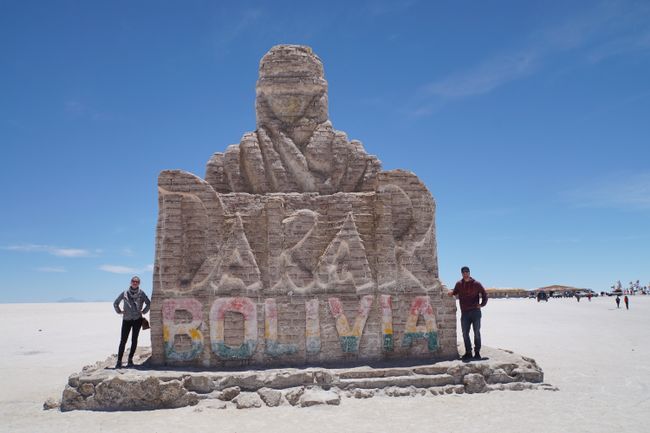
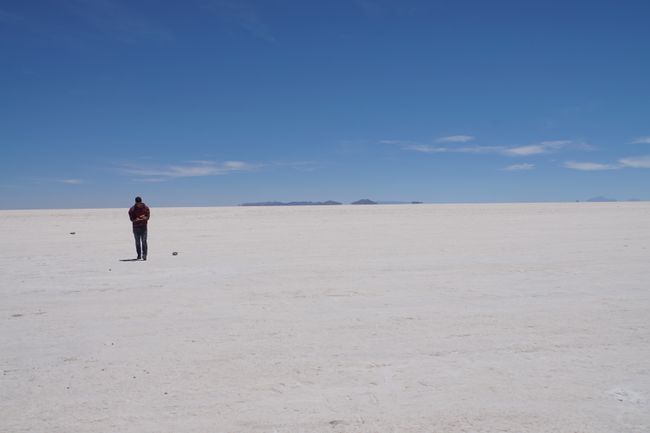
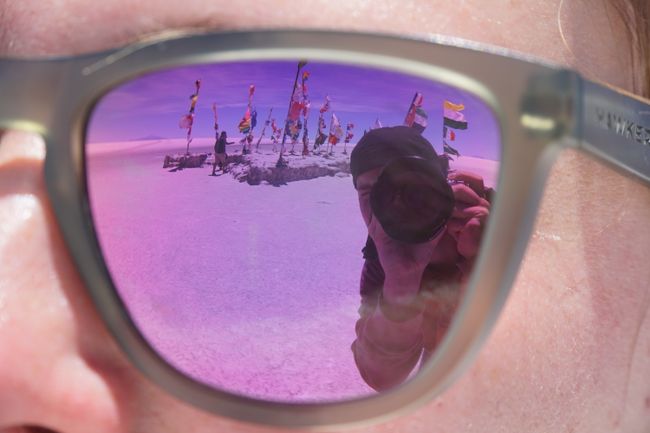
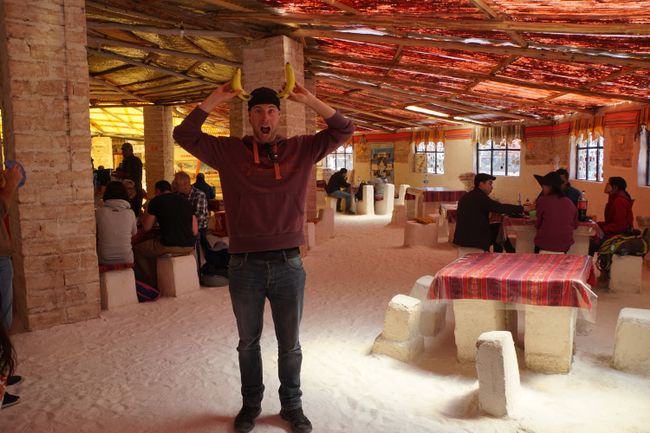
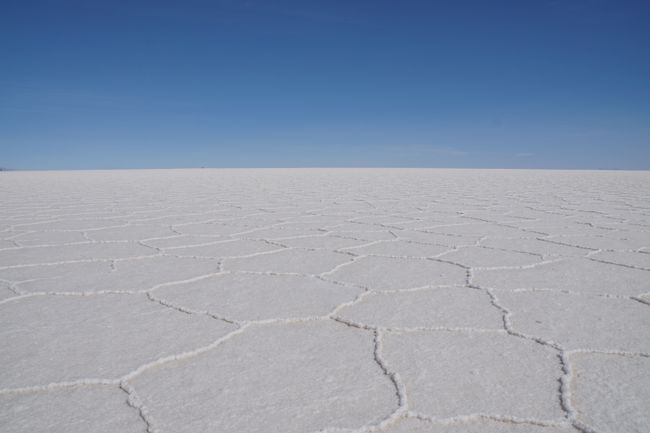
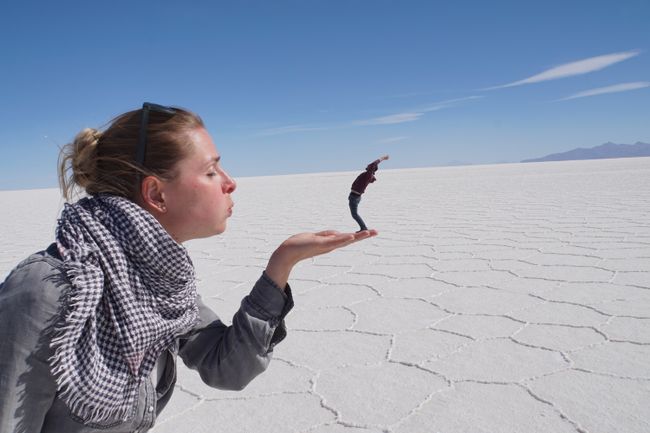
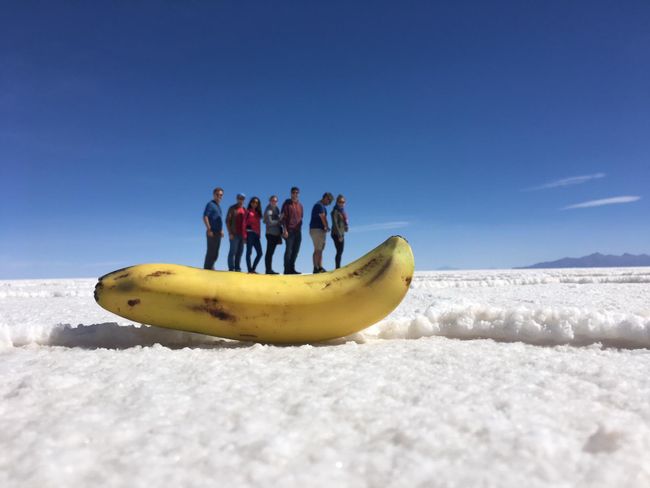
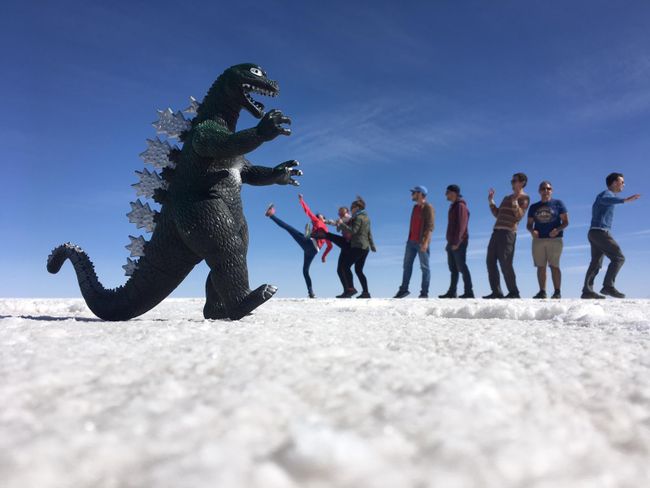
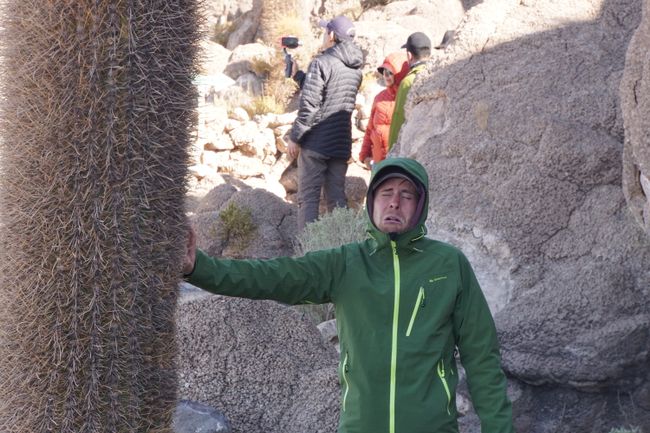
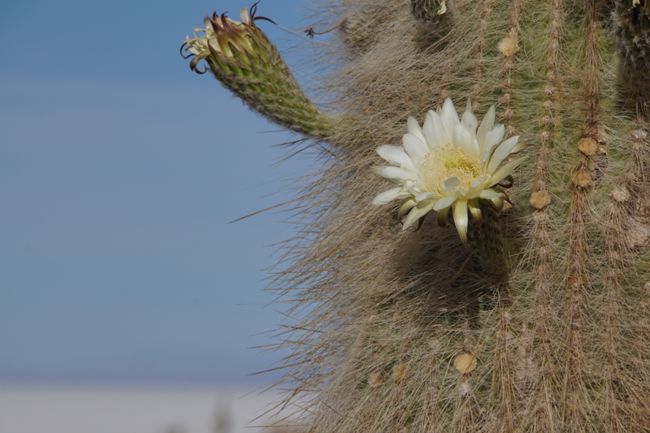
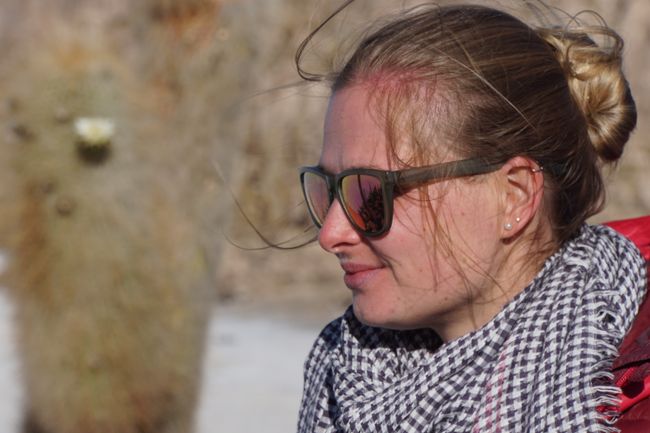
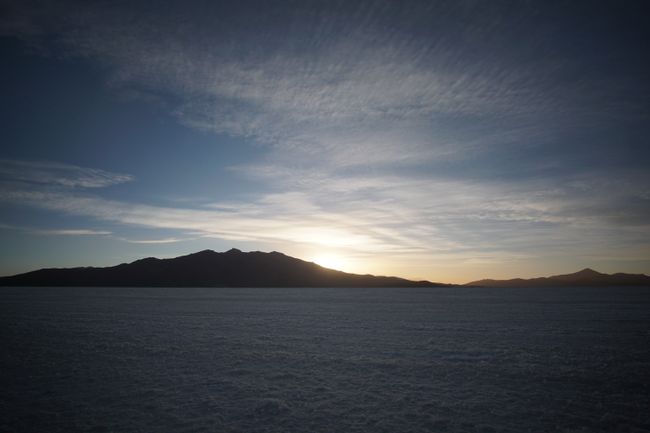
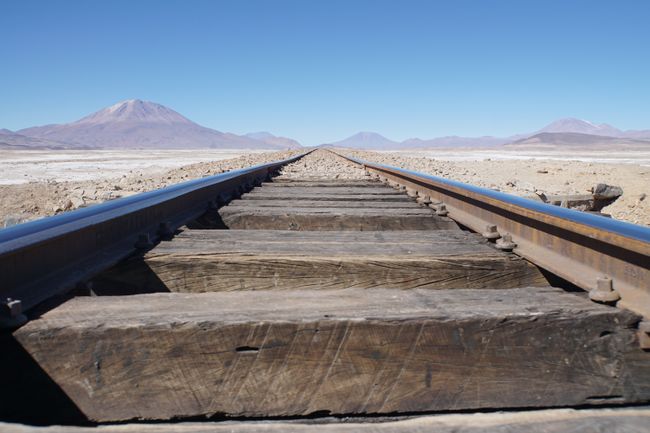
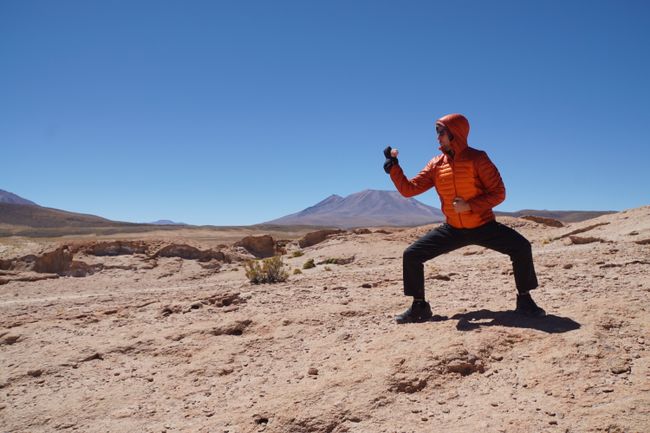
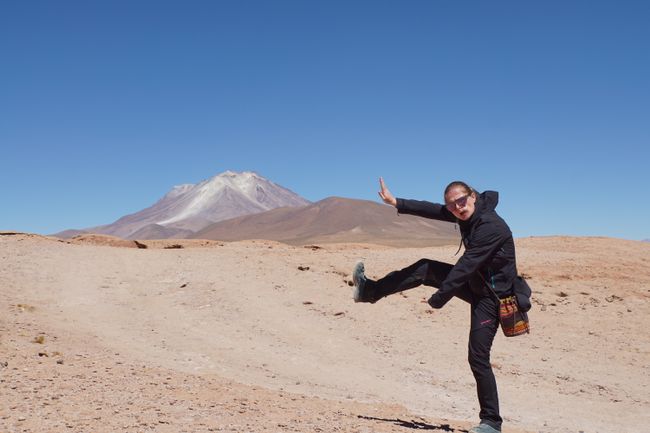
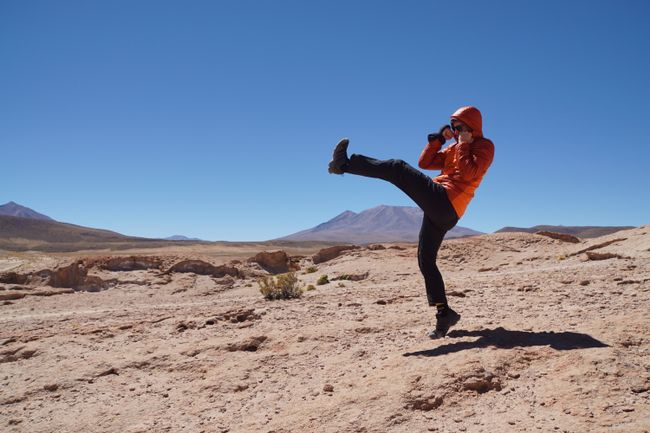
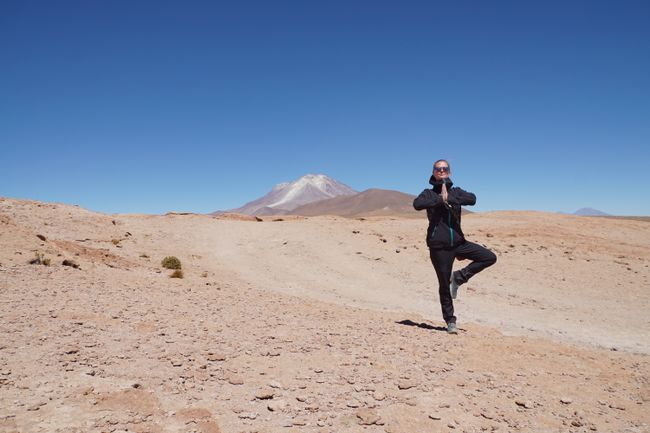
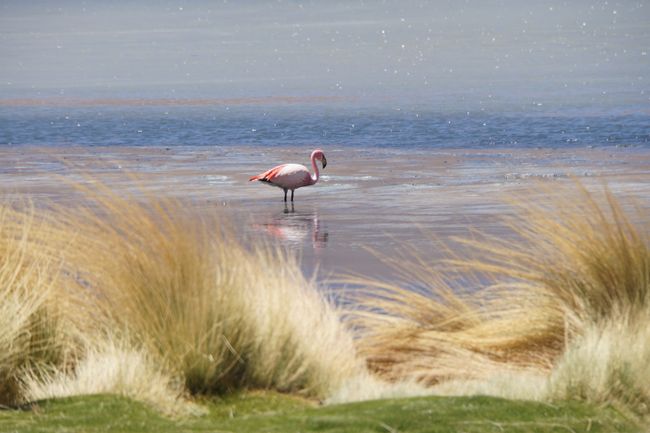
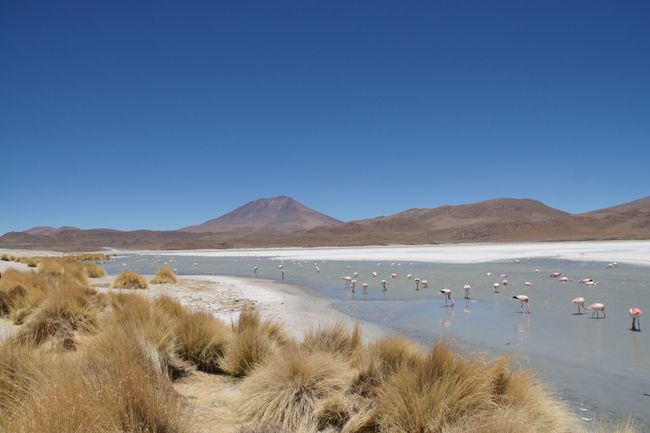
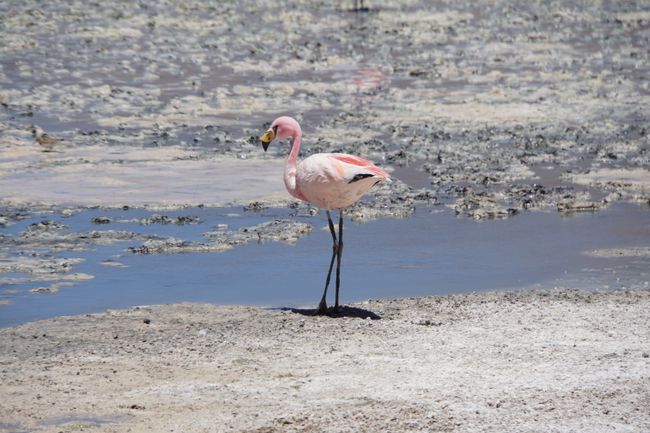
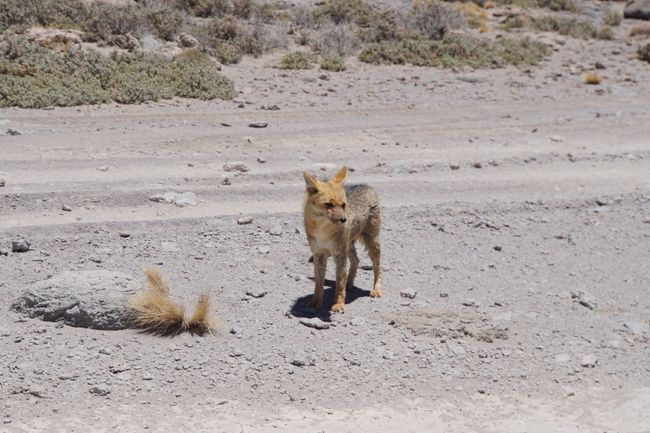
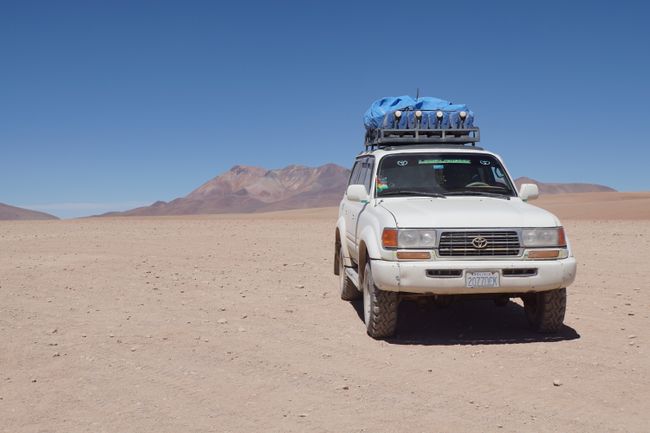
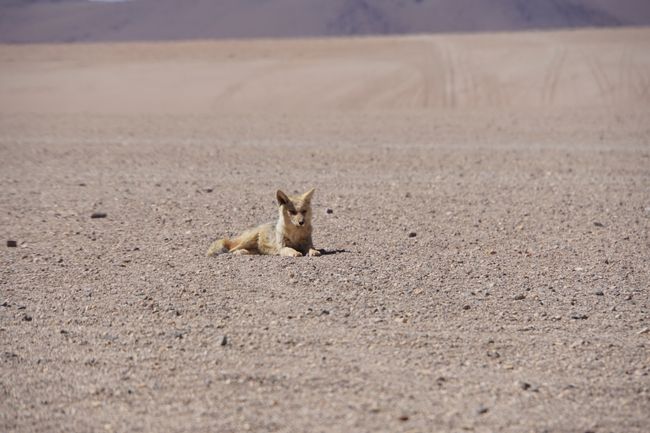
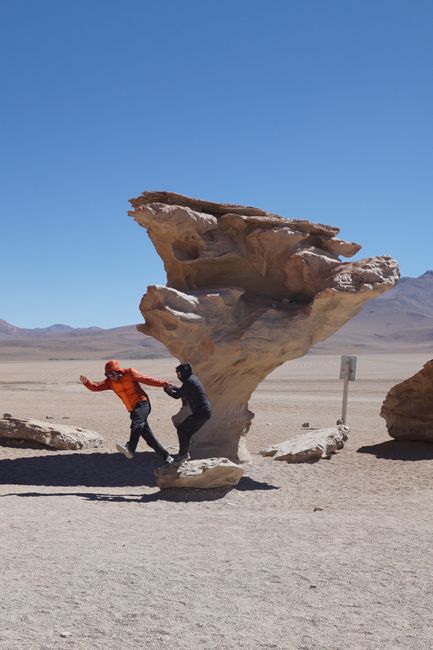
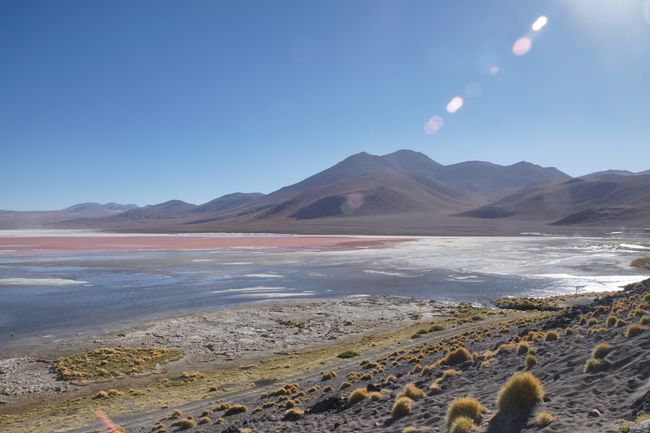
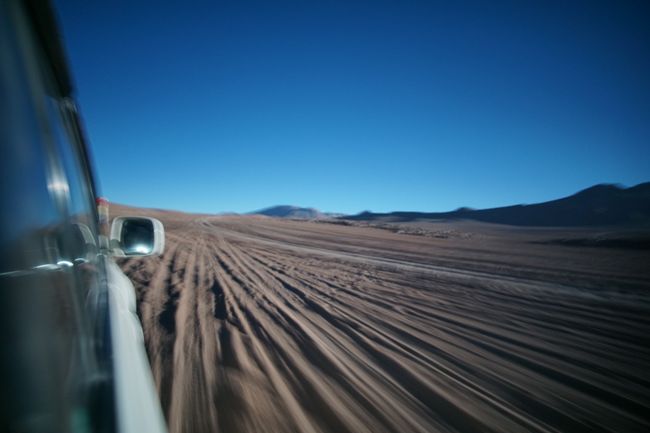
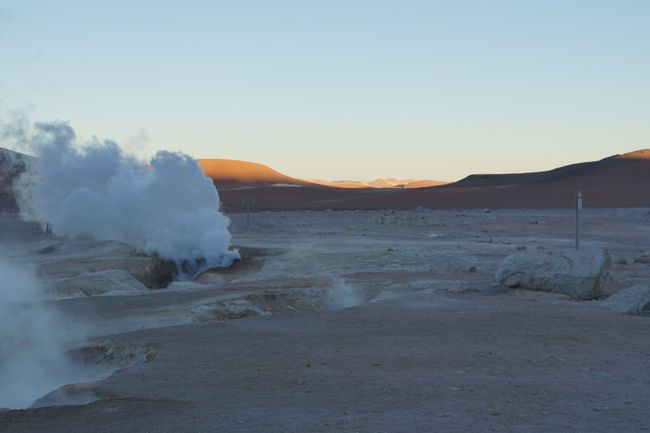
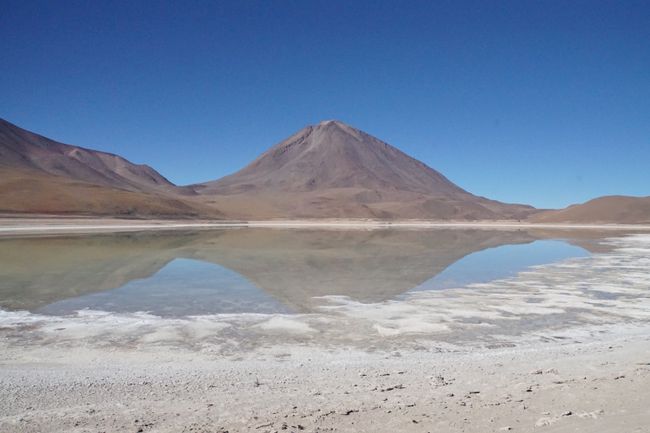
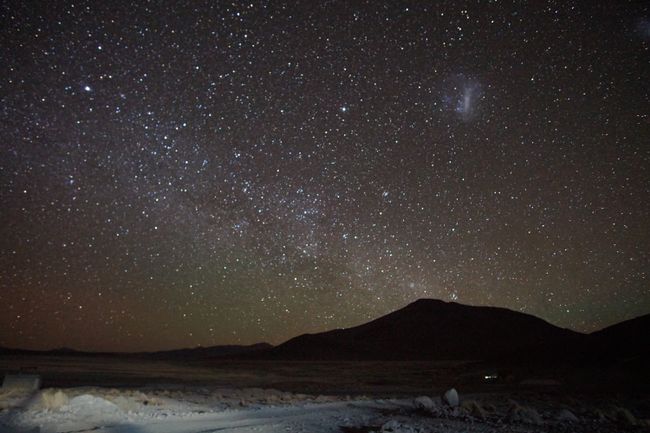
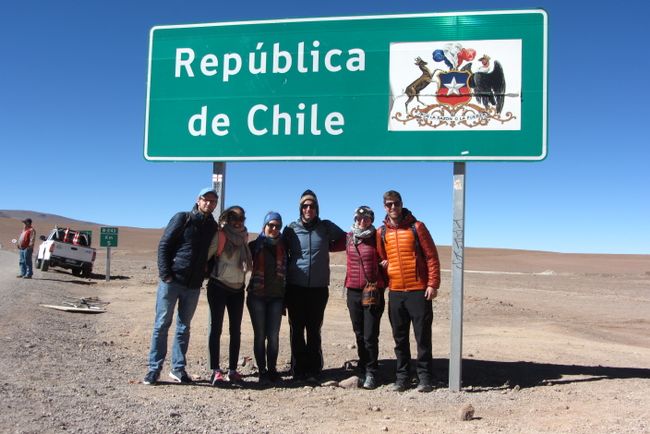
Yatiyäw qillqatar qillqt’asipxam
Uyuni is a small town in the southern part of Bolivia. It has about 18,000 inhabitants and it feels like it was created solely for tourism. There are countless tour operators here offering jeep tours through the Salar de Uyuni - if desired, all the way to Chile. The town of Uyuni is located at an altitude of 3,675 meters in the Bolivian Altiplano. The Altiplano is a high plateau situated between the west and east and has an arid climate.
About 3 km from the town is the 'Cementerio de los Trenes' - a train cemetery. This is also the first stop on our desert tour and the old rusty trains make for beautiful photo opportunities.
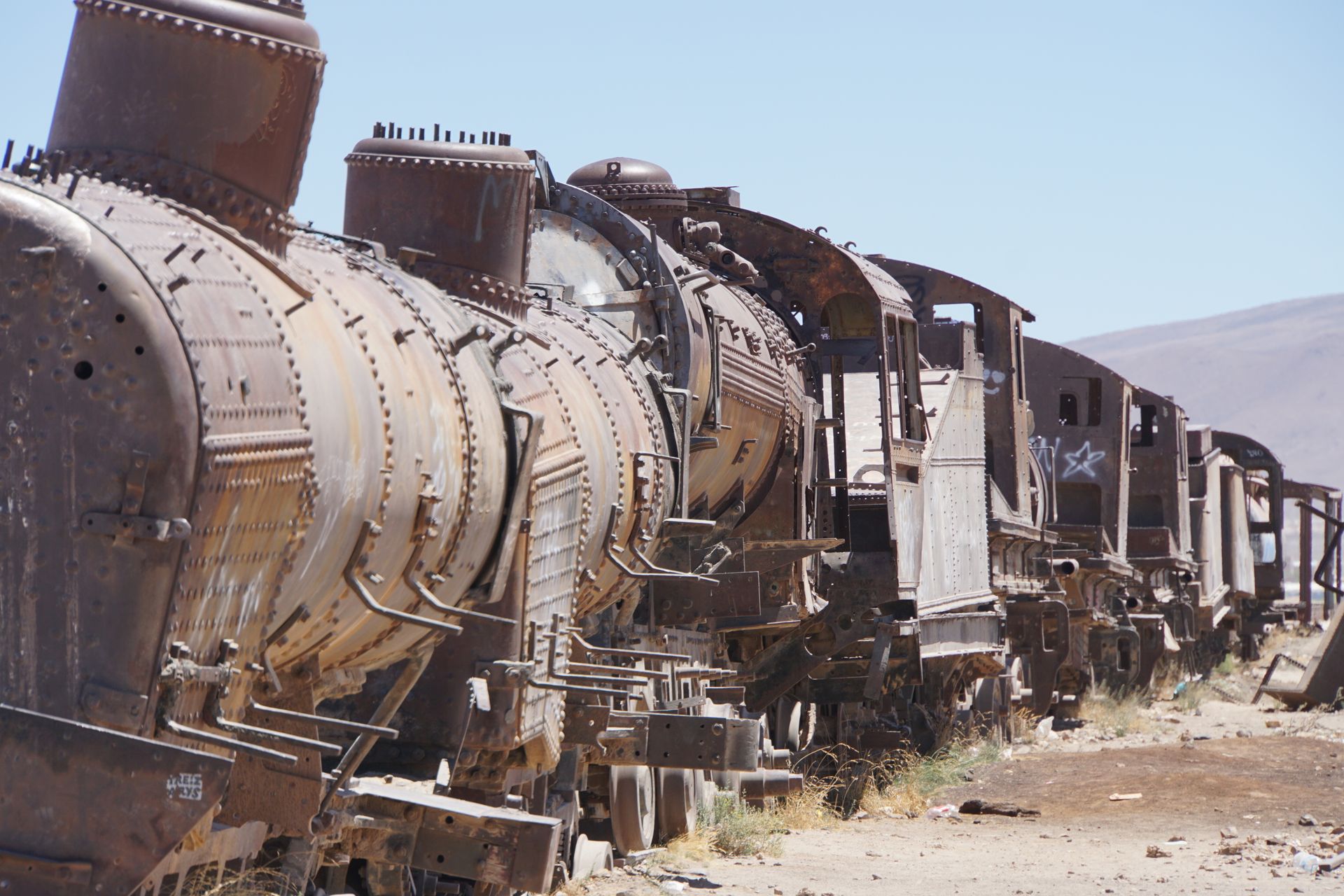
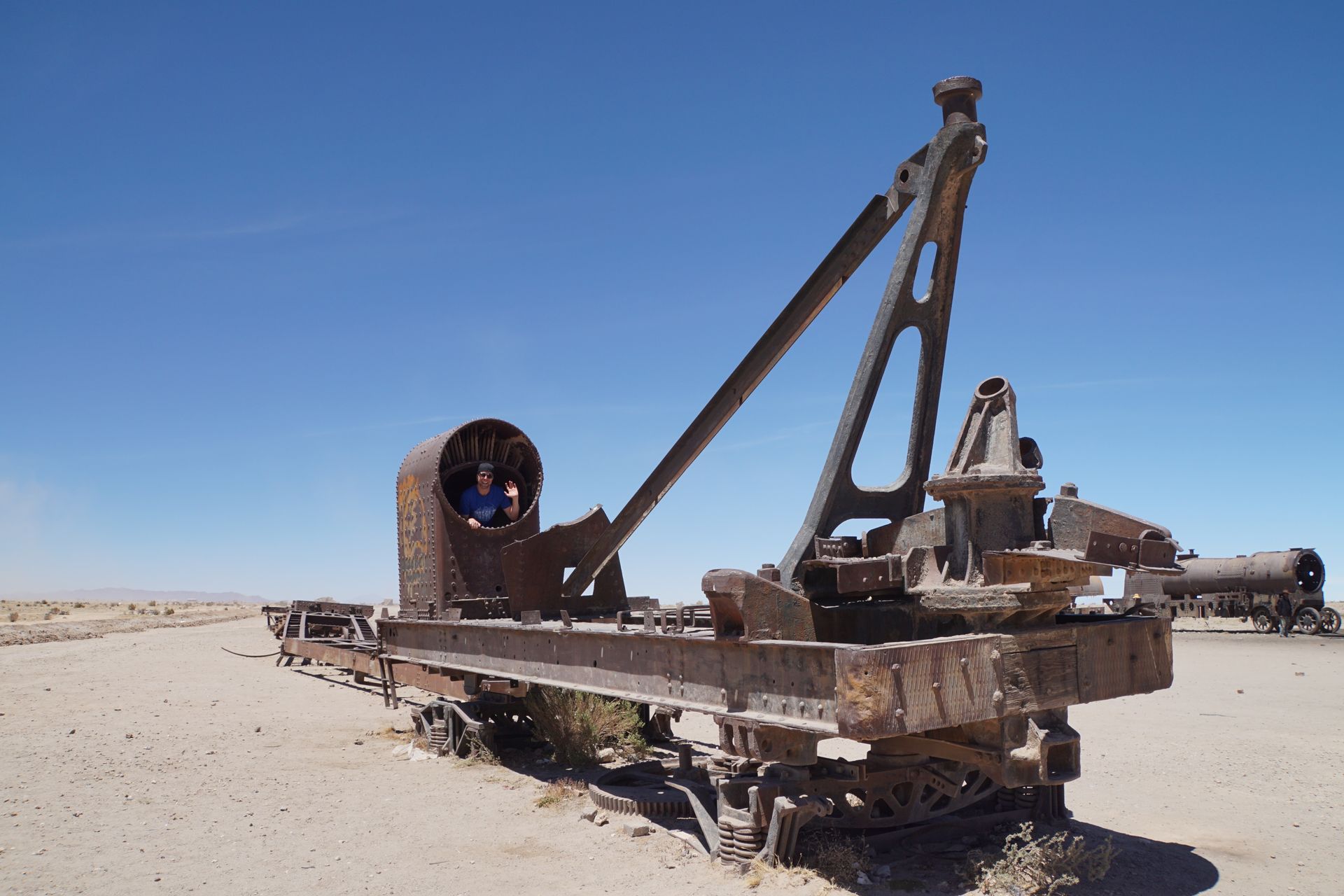

The locomotives were used in the past to transport resources such as precious metals. After the industry collapsed, the trains were no longer needed and simply abandoned here. Our guide (Dino) told us that modern diesel trains are now used for the remaining railway line.
After the first short stop, we continue to the Salar de Uyuni. The salt flat is the largest salt pan (dry salt lake) in the world (according to Wikipedia). With over 10,000 km², it is even larger than Europe's second largest lake (according to Wikipedia)! Hard to believe, but the salt in Uyuni comes from the Atlantic Ocean. Millions of years ago, a gigantic arm of the Atlantic Ocean stretched across the entire continent. When the Andes began to rise, the seawater was separated from the ocean, leaving behind a huge salt lake that gradually dried up. In addition to the immense amount of salt, other natural resources can be found in Uyuni. It is believed that the Salar de Uyuni has the largest lithium deposit in the world. In the era of increasing electromobility, this undoubtedly represents a growing industry for Bolivia!
Our next stop is a small village where salt is extracted. We visit a house where a man harvests and packages salt for daily use. The entire salt blocks used for construction are also stored here. These blocks are simply cut from the salt crust using chainsaws. They are easy to lift because underneath the approximately 30-40 cm high crust, it is very moist, so the salt has no anchor point.

Salt as far as the eye can see!
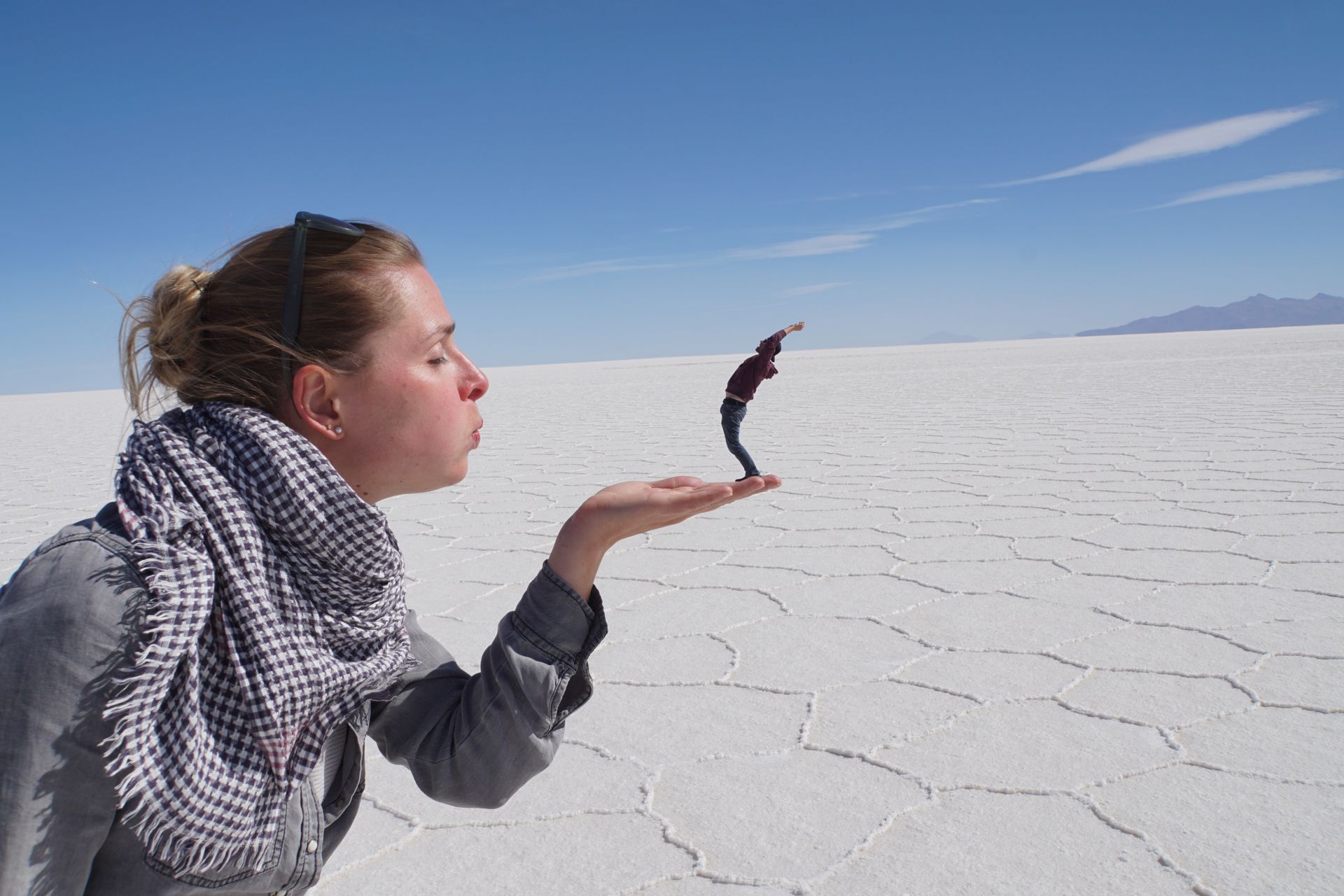
The shapes of the salt are actually formed by raindrops - when it does rain. The next stop is Isla Incahuasi, an island in the middle of the desert populated only by cacti. These cacti grow only about 1 cm per year and have built up an impressive thickness and size over millennia. According to Dino, the tallest cactus on the island was 12 meters high (you can roughly estimate how old it was!), but it fell victim to a storm a few years ago.

The next morning, the tour continues past many volcanoes, lagoons with flamingos, and we even catch a glimpse of two foxes!

Flamingos as far as the eye can see
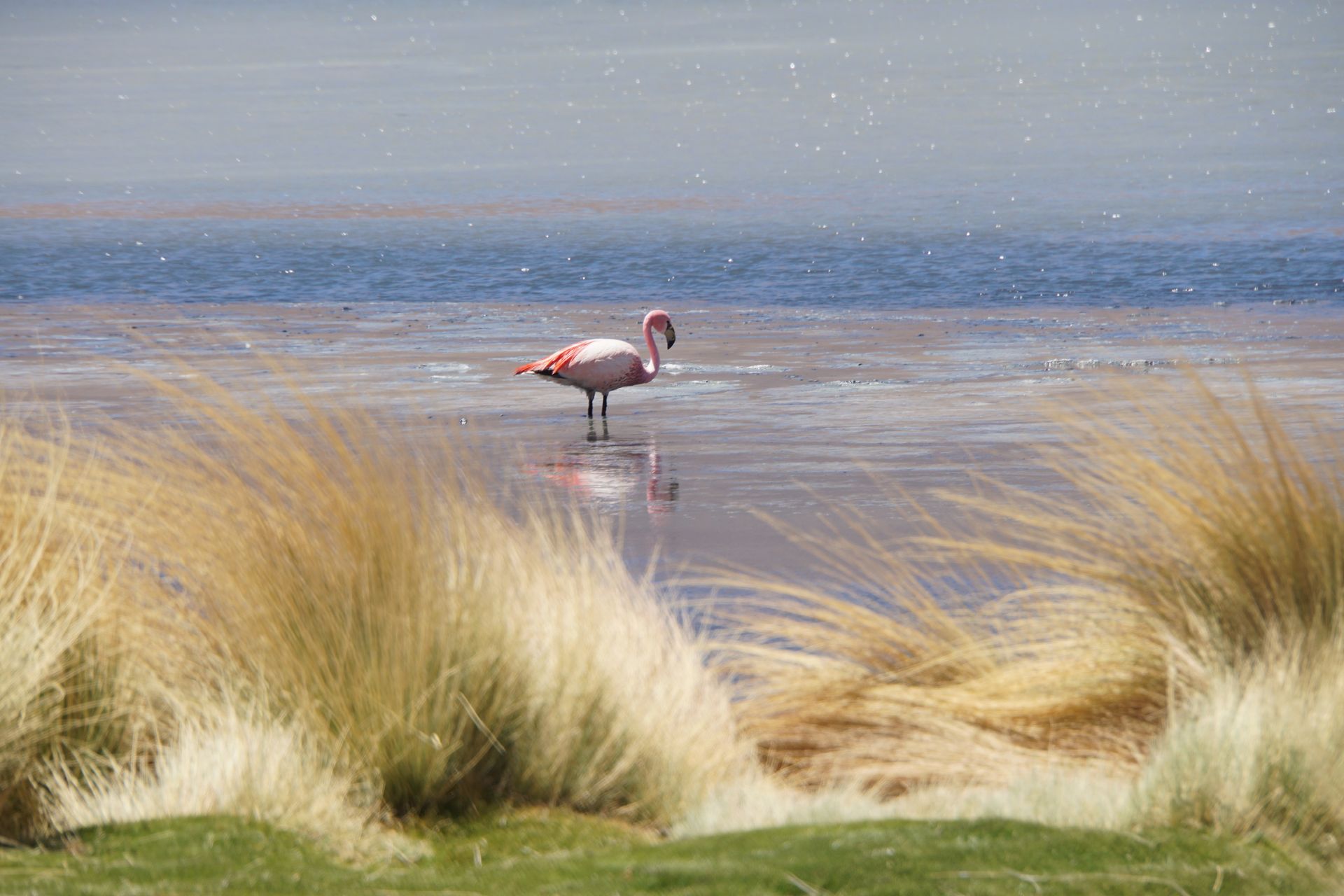
Flamingo in a lagoon
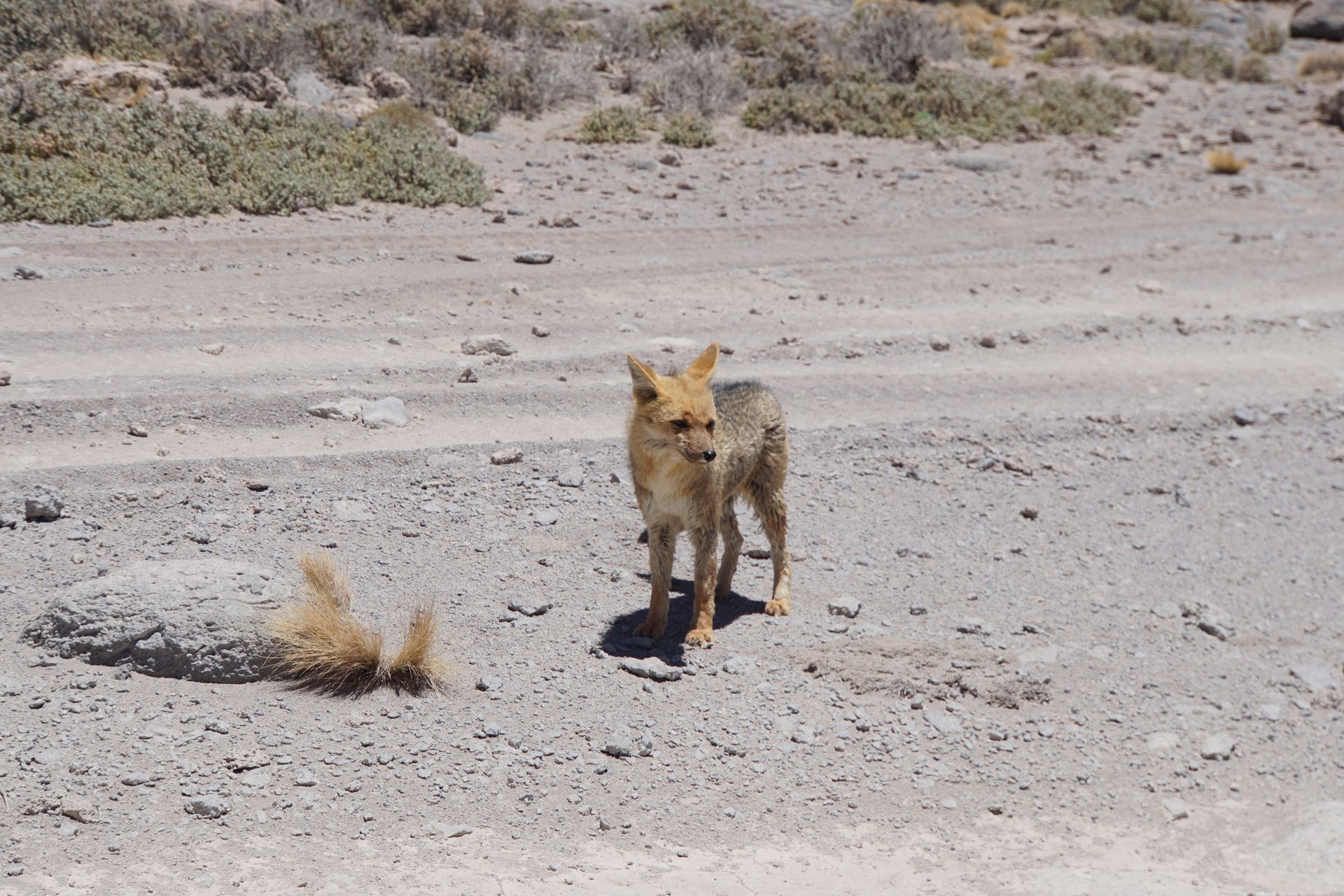
Other highlights of the second day include the Laguna Colorado, which is red due to a type of algae, and the Sol de la Manana geysers at an altitude of over 4,800 meters. Here, there is smoke and hissing and bubbling. If it weren't so freezing cold and didn't smell strongly of sulfur, you could enjoy it wholeheartedly ;-)
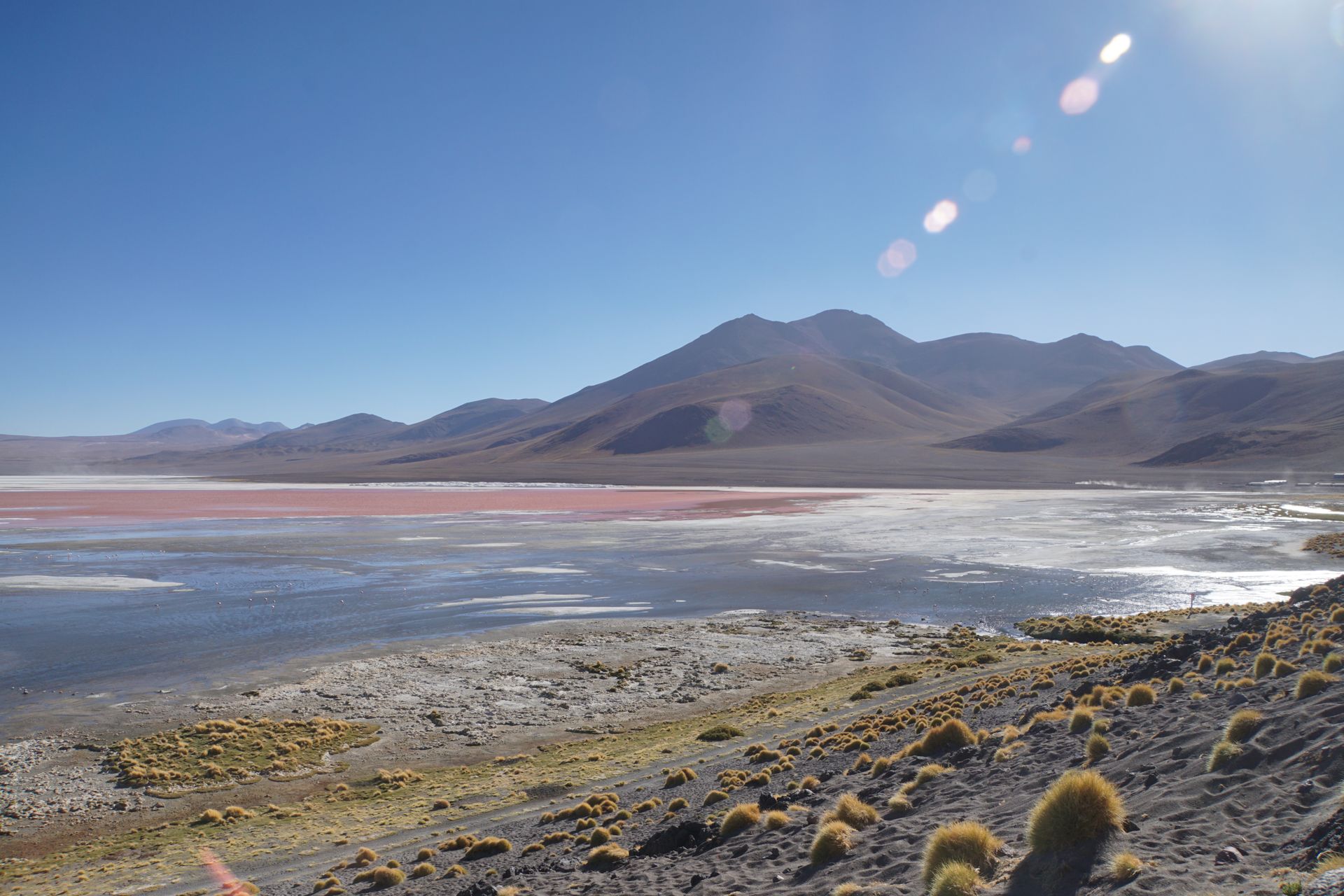
Laguna Colorada

The second night's accommodation is not as fancy as the previous evening, but there is red wine with dinner, and our jeep has now become a close-knit community, so one bottle quickly becomes three.
On the last day of the tour, we pass by the Laguna Verde. It is actually a green lagoon, but when we were there, it was too calm, so the green color didn't stand out so well. Luckily, the view of the 5,920 meter high Liancabur volcano makes up for it. After another hour's drive, we reach the border with Chile and, after another hour's drive, our destination: San Pedro de Atacama.

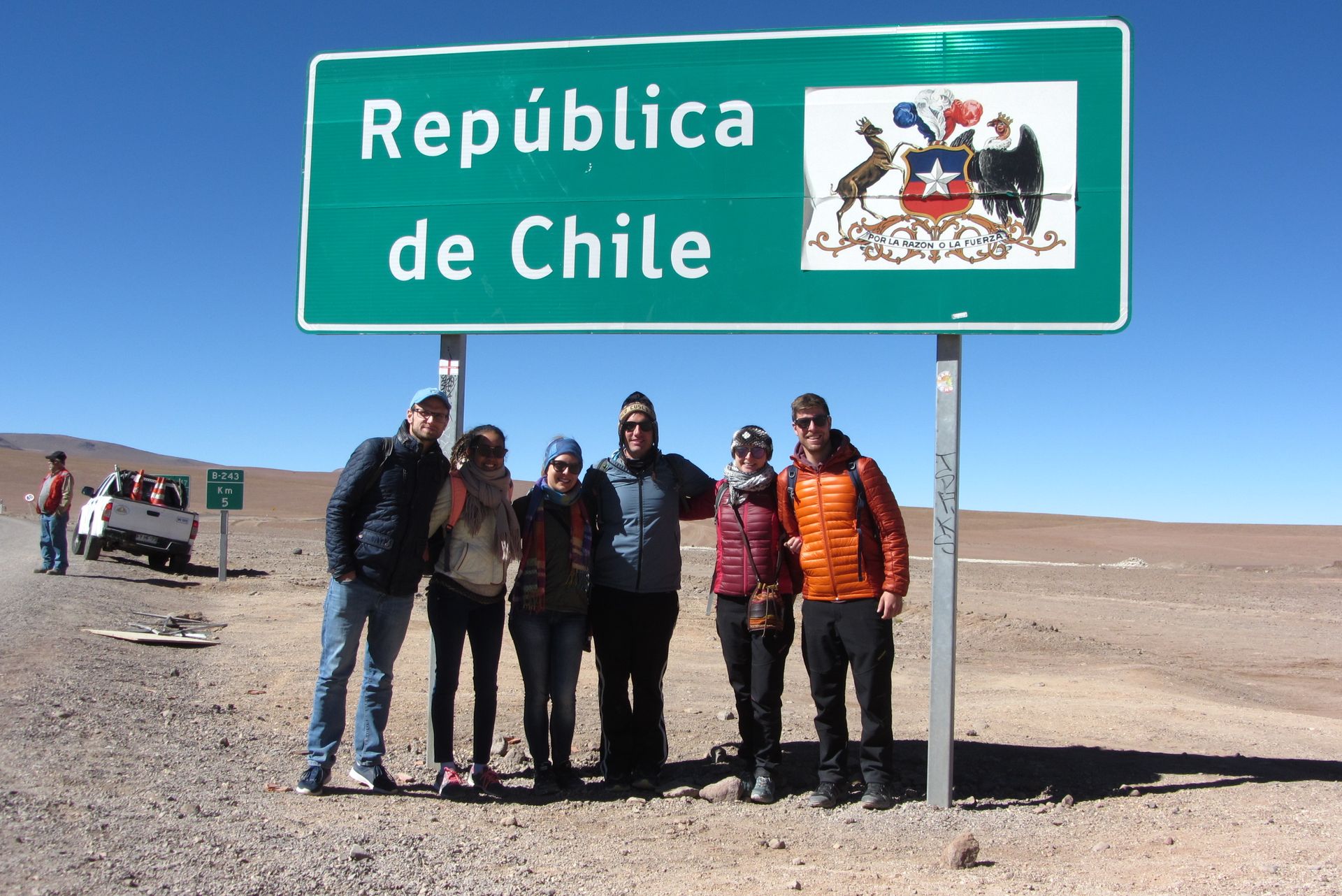
Yatiyäw qillqatar qillqt’asipxam
Jaysawi

Viajes ukan yatiyawinakapa Bolivia markanxa
